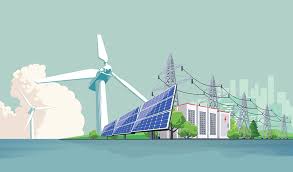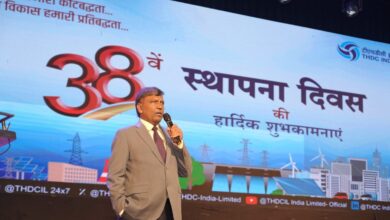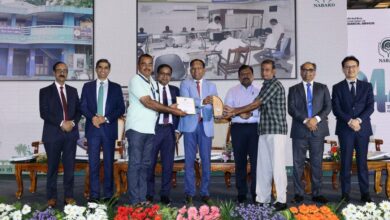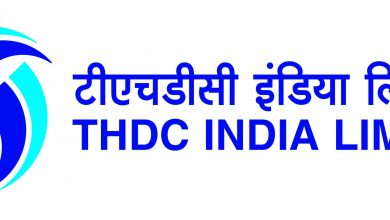$2 Trillion A Year Needed To Triple Global Renewables By 2030
Investment in Africa needs to grow five-fold to ramp up renewables twice as fast as global average

A new report by think tank Climate Analytics finds $8 trillion of investment is needed for new renewables and $4 trillion for grid and storage infrastructure to deliver the 2030 tripling goal agreed at COP28 – or combined, $2 trillion a year on average. Using climate finance to mobilise $100 billion a year for the rollout in Sub-Saharan Africa – five times current investment levels –would ensure energy access for all and align the region with the global target.
Asia is the only region that could be considered on track to triple renewables in line with 1.5ºC but it is clear that these fall far below 1.5ºC compatibility. In Asia, renewable capacity could reach 5-5.7 TW by 2030 under current policies and measures, which at the upper end would align with 1.5ºC.
This is largely driven by the rate of renewables deployment in China and India, where forecasts show particularly strong growth in renewables under current policies. In China, renewables are on track to grow 3.5–3.9 fold from 2022-2030, while in India they are forecast to grow 2.9-3.5 fold.
In the case of the OECD, no country is on track to triple renewable capacity relative to 2022 levels, the USA is leading the race as the Inflation Reduction Act takes effect. Meanwhile Japan is lagging behind, with renewable capacity set only to grow 50% over 2022-2030.
In Asia, while India and China are surging ahead in renewables deployment, much of the rest of the region is growing more slowly.
Tripling renewable capacity without controlling energy demand could lead to a large, wasteful energy system in which large amounts of renewables exist alongside large amounts of fossil fuel demand. It is the combination of tripling renewables and doubling energy efficiency that will lead to a fossil fuel phase-out. While momentum grows around tripling renewables, we need to see commensurate ambition on phasing out fossil fuels.
“$2 trillion a year sounds like a cost, but it’s really a choice. We’re set to invest over $6 trillion in fossil fuels over this decade – more than enough to close the tripling investment gap. Faced with this choice, I’d go with the safest, best value option – renewables,” says the report’s lead author and Climate Analytics expert Dr. Neil Grant.
The report calculates how fast different regions need to act to triple global renewables based on current capacities and future needs. Renewable capacity in Sub-Saharan Africa needs to scale rapidly by a factor of seven (double the global average) due to historic underinvestment and energy access needs. The OECD is forecast to double its renewables by 2030, but it needs to triple. Accelerating action in line with this would close 60% of the global gap between forecast capacity in 2030 and the tripling goal.
Countries in the region claiming to be climate leaders need to walk the talk, not just by ramping up renewables at home, but by coming for other regions which need finance to contribute to the tripling goal,” says Claire Fyson, co- author on the report and Head of Policy atClimate Analytics.
.
“The renewables industry stands ready to deliver on the global tripling goal. But to get there in time, we need governments to take urgent action to turbocharge an already buoyant renewables market. Public finance is key, especially international support to provide access to low-cost capital for emerging markets to join the renewables era, ensuring a clean, secure and just transition for all,” says Bruce Douglas, CEO of the Global Renewables Alliance in reaction to the report.
Tripling renewables by 2030 is not the end of the story. The report finds renewables need to continue growing strongly beyond the end of the decade, scaling up five times by 2035 relative to 2022, to limit warming to 1.5°C. As governments start to develop their 2035 targets for the next round of NDCs, they should consider how to follow through on the tripling ambition collectively agreed at COP28.
The writer of this article is Dr. Seema Javed, an environmentalist & a communications professional in the field of climate and energy




